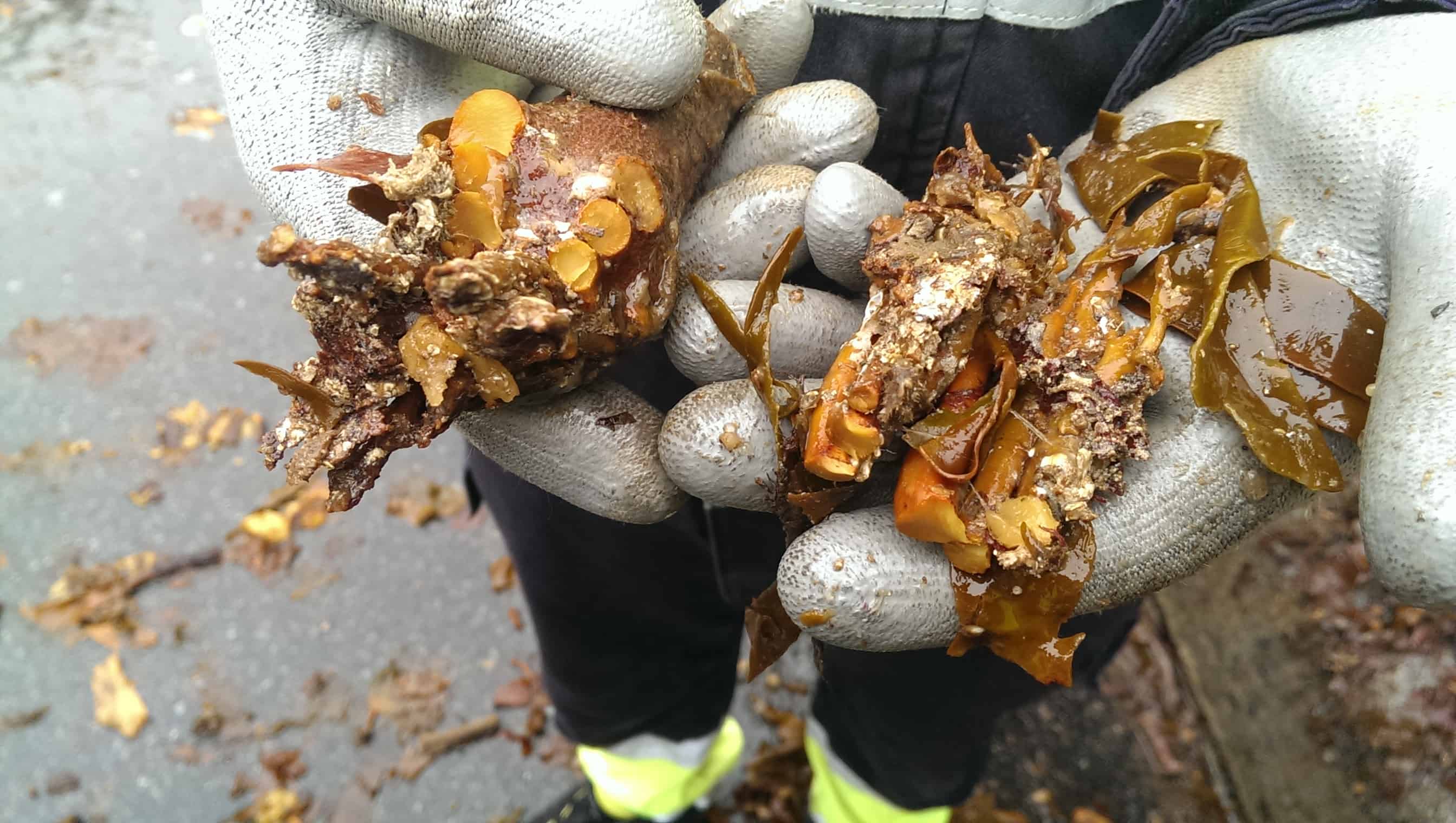
Fibrous, wet and often sandy or gritty, seaweed is difficult to process with costly and time-consuming drying times. To reduce the drying process, seaweed is often chopped to facilitate more rapid, less-nutrient-destructive drying processes.
Hosokawa Micron has offered processing to alginate producers across the world. To meet the demands for milled, freshly harvested seaweed, Hosokawa Micron has developed a two-stage system comprising of a Prebreaker and Vertical Disintegrator. This low-energy system offers uniform particle size reduction of wet or moist seaweeds for further processing, which offers higher levels of availability compared to conventional hammer mills.
Once the friable materials have passed through the initial size reduction (Prebreaker) stage, they are transferred directly to the Hosokawa Micron Vertical Disintegrator to be further reduced to a uniform particle size.
Designed for the reduction of fine to coarse, wet, moist or dry materials, the Hosokawa Micron Vertical Disintegrator provides automatic and continuous separation of disintegration-resistant materials with redirection through the system from the exclusive secondary discharge.
Uniform particle size is achieved as materials are subjected to repeated impact and attritional force from the high-speed rotating hammers, and carried by centrifugal force through a perforated sizing screen. The vertical screen frees itself of product instantaneously during processing, which is suitable for products with a high moisture content.
Barry Walmsley, product manager, Hosokawa Micron, said: “The sturdy system, can operate at 12- 20 t/h. It is low noise and delivers product in a narrow particle size distribution, resulting in higher yields and less effluent. The Disintegrator is designed to withstand corrosion caused by the low pH often involved in the process and erosion caused by the natural inclusions that determines a predominant use of higher abrasion-resistant materials of manufacture.”










Water Sector Talent Exodus Could Cripple The Sector
Maybe if things are essential for the running of a country and we want to pay a fair price we should be running these utilities on a not for profit...